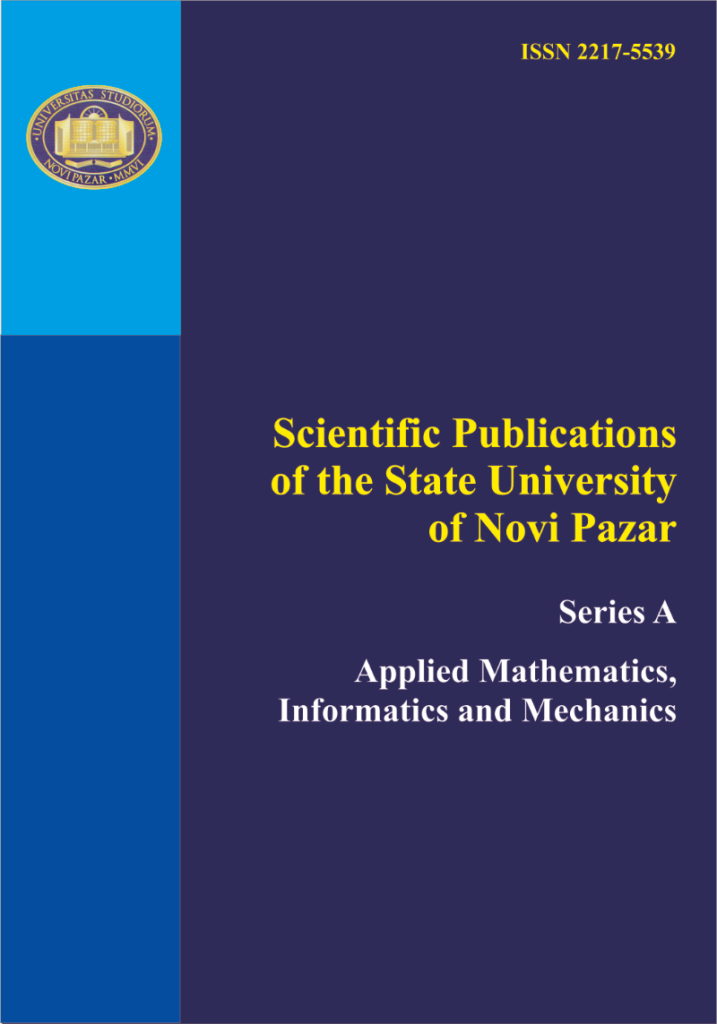
Application of Finite Difference Method to Study of the Phenomenonin the Theory of Thin Plates
Authors: Ć. B. Dolićanin, V. B. Nikolić, D. Ć. Dolićanin
Keywords: Numerical analysis, thin plate, finite difference method, strain
Abstract:
The term thin plate implied elastic body with cylindrical or prismatic shape of small thickens in relation to other two dimensions. The basic dependencies between geometrical and physical properties come to mostly to setting up of relations between stress and strain conditions, which has been described by differential equations, simple and partial. Methods used for solving of established equations, with respect of outline and initial conditions, may be classified in analytical and numerical. In case of complex and big construction systems subjected to the arbitrary loads, including a complex boundary conditions, solving of differential equations by analytical methods is almost impossible. Then the solution is application of numerical methods. One of the basic numerical methods is Finite Difference Method (FDM) based on replacing of differential equations with corresponding difference equations. Using of this method, the problem come to solving of system of paired algebraic equations, making the problem more easier for solving. In the end, more comments and farther directions of investigations are given.
References:
[1] PARVIZ MOIN, Engineering Numerical Analysis, Cambridge, University press, 2001.
[2] Ć. DOLIĆANIN, SOLOVLJEV PETROVICH, Differential geometry, ETF in Pristina, Pristina, 1993.
[3] V. NIKOLIĆ, Ć. DOLIĆANIN, M. RADOJKOVIC, Aplication of Numerical Methods in Solvong a Phenomenon of the Theory of Thin Plates, Scientific Technical Review, Vol. 60, 1 (2010), 61 – 65.
[4] C. DOLIĆANIN, Mathematics II, University textbook, Pristina, 1995.
[5] K. MAKSIMOVIĆ, V.NIKOLIĆ, S. MAKSIMOVIĆ, Efficient computation method in fatique life estimation of damaged structural components, Facta Universitatis, Series Mechanics, Automatic control and Robotics, Vol. 4, 16 (2004), 101-114.
[6] D.RAKOVIĆ, The Theory of Elasticity, Beograd, 1985.
[7] S. TIMOŠENKO, J. N. DUDIER, The Theory of Elasticity, 1962.
[8] K. MAKSIMOVIĆ, V. NIKOLIĆ, S. MAKSIMOVIĆ, Modeling of the surface cracks and fatique life estimation, ECF 16 2006, Minisymposium integrity of dinamical systems, Alexandroupolis, JULY 3-7, 2006, 113-116. Application of Finite Difference Method to Study of the Phenomenon … 43
[9] K. (STEVANOVIC) HEDRIH, V. NIKOLIC-STANOJEVIĆ, A model of gear transmission: fractional order system dynamics, (Research Article), Mathematical Problems in Engineering, (http://www.hindawi.com/journals/mpe/aip.972873.html), http://www.hindawi.com/journals/mpe/aip.6.html
[10] V. NIKOLIĆ, Mechanical analysis of gears, Monograph, Cimpes, Kragujevac, 1999.
[11] S. MAKSIMOVIĆ, S. POSAVLJAK, K. MAKSIMOVIĆ, V. NIKOLIĆ- STANOJEVIĆ, V.DJURKOVIĆ, Total fatigue life estimation of notched structural components using low cycle fatigue properties, Journal STRAIN, http://onlinelibrary.wiley.com.proxy.kobson.nb.rs:2048/doi/10.1111/j.1475- 1305.2010.00775.x/full
[12] D. STAMENKOVIĆ, S. MAKSIMOVIĆ, K. MAKSIMOVIĆ, V. NIKOLIĆ-STANOJEVIĆ, S. MAKSIMOVIĆ, S. STUPAR , I. VASOVIĆ, Fatigue Life Estimation of Notched Structural Components, Strojniki vestnik – Journal of Mechanical Engineering, 56, 12 (2010), 846-852.